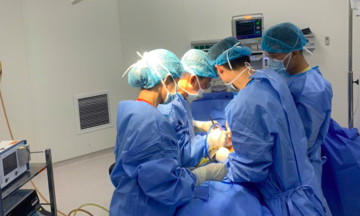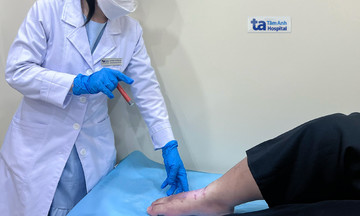Doctor Huynh Tran An Khuong, Medical Manager of VNVC Vaccination System, explains that numerous bacteria live in soil. Some can infect humans through open wounds or the respiratory tract, potentially leading to death. Doctor Khuong outlines 5 bacteria found in soil, their infection mechanisms, and preventive measures:
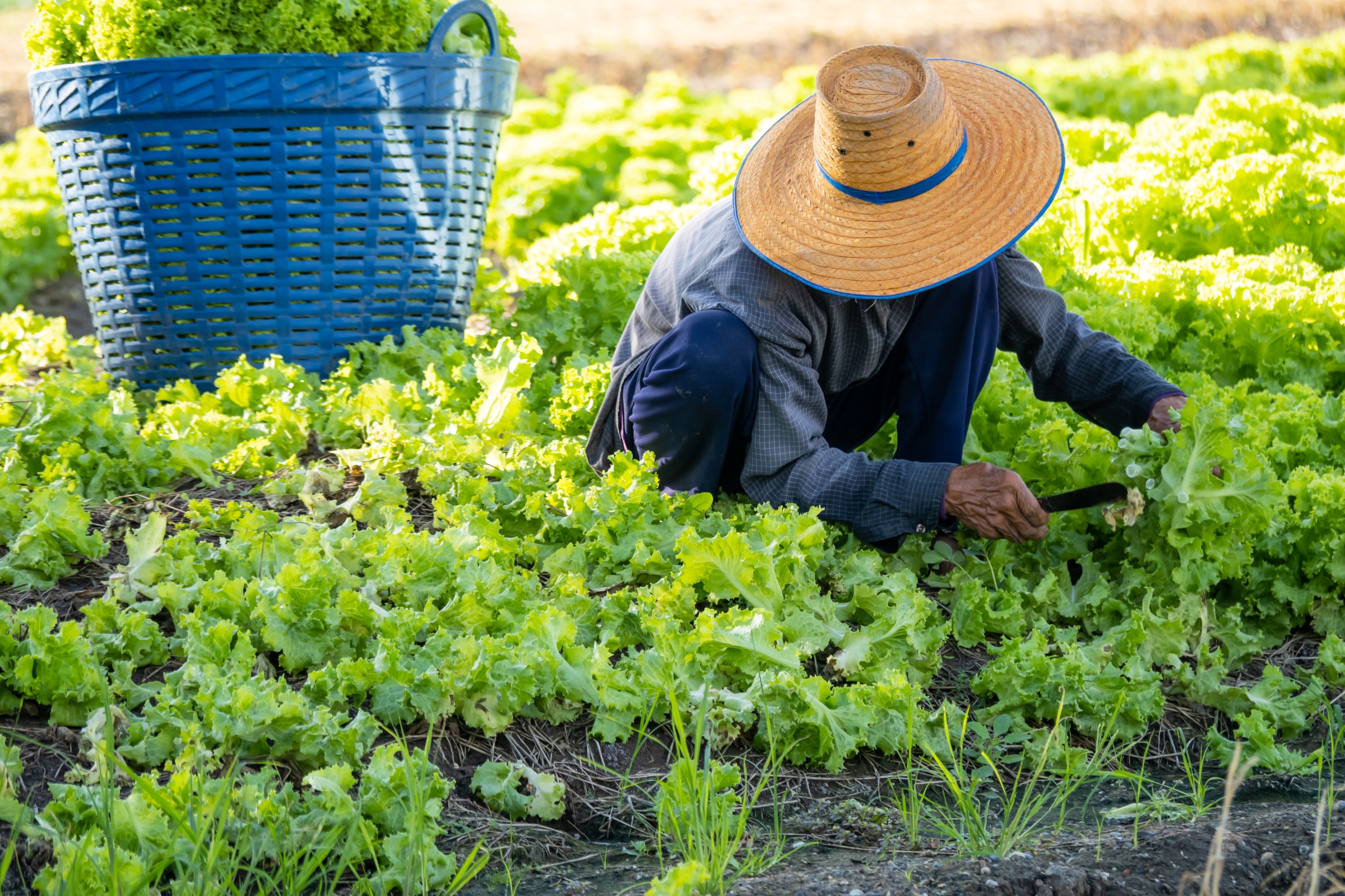 |
Farmers and gardening enthusiasts who regularly come into contact with soil are at risk of contracting dangerous bacteria. Illustrative photo: Vecteezy |
Farmers and gardening enthusiasts who regularly come into contact with soil are at risk of contracting dangerous bacteria. Illustrative photo: Vecteezy
Melioidosis
Melioidosis is caused by the bacterium Burkholderia pseudomallei. This bacterium primarily exists in contaminated soil and water, often entering the body through open wounds or the respiratory tract, especially during the rainy season.
Melioidosis presents diverse symptoms including fever, skin ulcers, pneumonia, lung abscesses, sepsis, and multiple organ failure. It can be mistaken for pneumonia, tuberculosis, or sepsis caused by other agents. Around 50% of patients experience weakened immune systems, and approximately 30% of fatalities are linked to septic shock. People with underlying conditions like high blood pressure or diabetes are at higher risk of contracting the disease and experiencing complications.
Tetanus
In the natural environment, the bacterium Clostridium tetani exists as spores. These are commonly found in sandy soil, animal intestines, and feces.
Tetanus spores enter the body through open wounds and develop into bacteria. Inside the body, the pathogen releases toxins that attack the central nervous system, causing muscle spasms that can lead to respiratory failure, autonomic nervous system disorders, multiple organ failure, and death. The mortality rate for tetanus ranges from 25% to 90%.
Those infected often neglect proper wound care. For example, in 12/2024, a 62-year-old man in Thanh Hoa, Vietnam, suffered a grazed leg while farming. He treated the wound himself with leaves to stop the bleeding and did not receive a vaccine. Subsequently, he was hospitalized due to sepsis and tetanus.
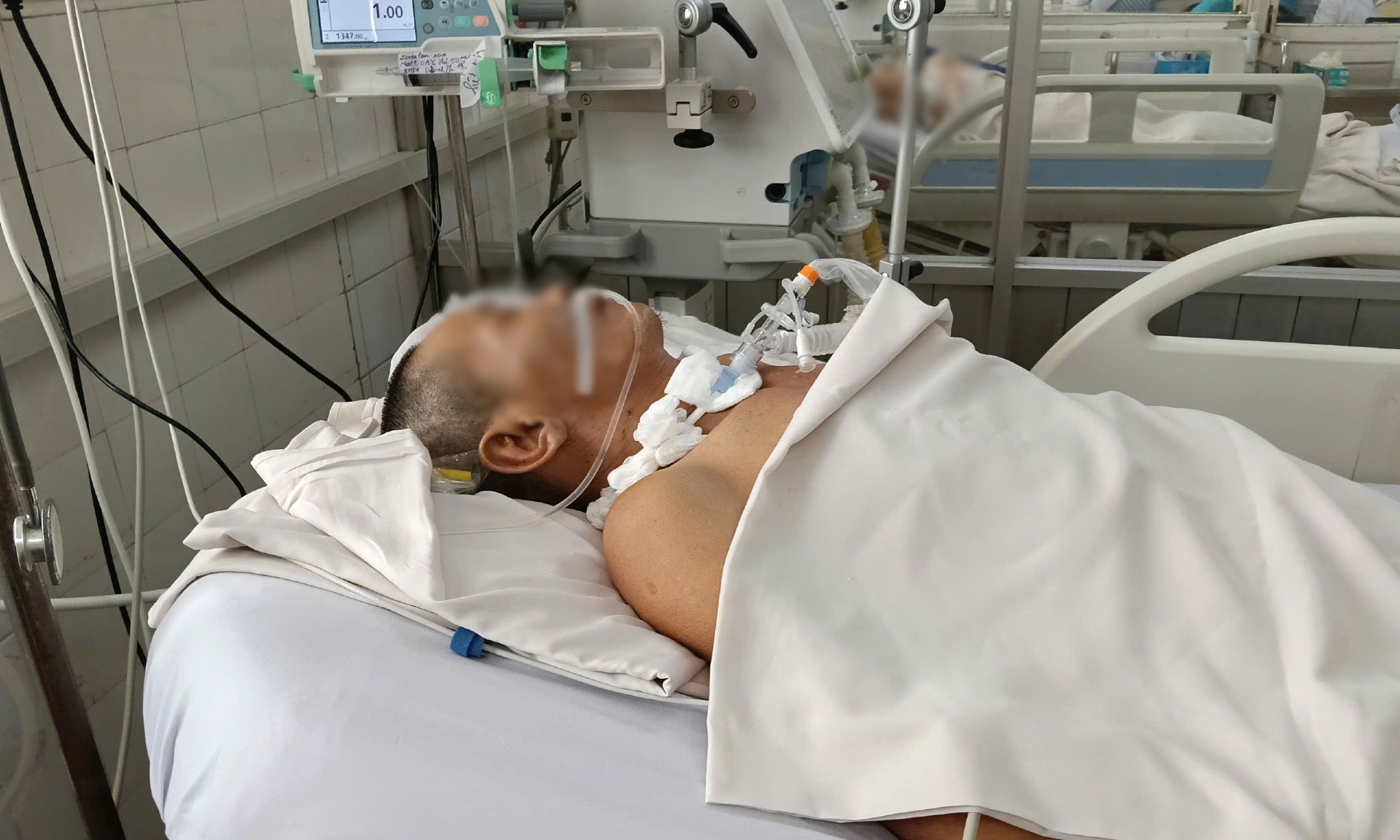 |
A tetanus patient receiving treatment at the Hospital for Tropical Diseases in TP HCM. Photo: Khanh Hoa |
A tetanus patient receiving treatment at the Hospital for Tropical Diseases in TP HCM. Photo: Khanh Hoa
Botulism
Spores of the bacterium Clostridium botulinum can travel, survive, and thrive anywhere in the environment, including soil, dust, mud, and feces. Botulism poisoning can cause paralysis and overall muscle weakness, leading to difficulty swallowing, hoarseness, inability to open the eyes, respiratory failure, heart failure, and potentially death. The toxin is 7 million times more potent than king cobra venom; just 0.03 mcg can kill a 70 kg person.
Anaerobic environments, such as improperly preserved canned foods, are ideal for bacterial growth. In 2020, Cho Ray Hospital in Ho Chi Minh City treated dozens of botulism cases following consumption of contaminated vegetarian pate.
Anthrax
Anthrax is caused by the bacterium Bacillus anthracis. It is found in contaminated soil, water, and vegetation, surviving for decades in favorable conditions. The pathogen infects humans through open wounds, inhalation, or consumption of infected animal meat.
When contracted through the respiratory system, anthrax causes systemic infection and toxemia, manifesting as septicemia and meningitis. The mortality rate can reach 90%, with only a 55% survival rate even with intensive treatment. In cutaneous and gastrointestinal forms, if not treated promptly with appropriate antibiotics, the disease can progress to systemic infection and death.
In May, Thailand reported two anthrax deaths in just three days, with over 600 people at risk of exposure. In April, an anthrax outbreak in Uganda resulted in three fatalities. Vietnam has no reported anthrax cases this year but recorded some cases in Dien Bien in 2023.
Plague
Rodents such as rats, ground squirrels, and chipmunks, along with their fleas infected with the bacterium Yersinia pestis, are common vectors of the plague. Humans contract the plague through flea or louse bites, consumption of infected rodents, or by drinking contaminated water.
The pathogen can also enter through open wounds and mucous membranes, and it can spread through the respiratory tract by inhaling droplets from infected individuals. Plague has 4 forms, the most common being bubonic plague; other forms include septicemic, pneumonic, and meningeal plague. It spreads rapidly, with a mortality rate of 30% to 60%.
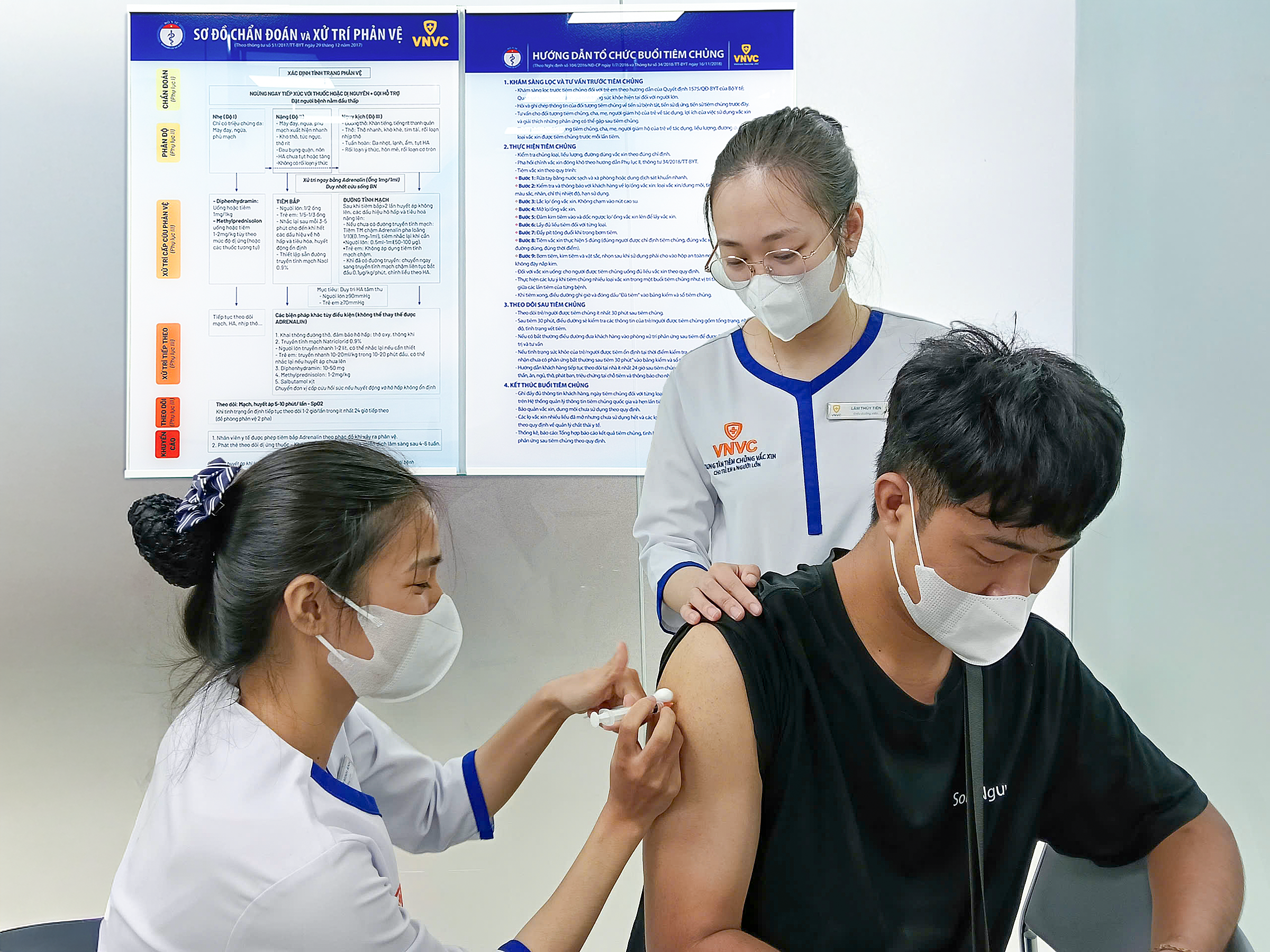 |
People receiving tetanus vaccinations at the VNVC Vaccination System. Photo: Khanh Hoa |
People receiving tetanus vaccinations at the VNVC Vaccination System. Photo: Khanh Hoa
Prevention
Most of the diseases mentioned above do not have vaccines. Therefore, maintaining personal hygiene and using protective gear like gloves and boots when working in fields is crucial. Avoid consuming canned food with signs of bulging, dents, deformation, or unusual smell or taste.
Clean open wounds with water, use hydrogen peroxide to remove dirt and debris and stop bleeding, then wash the wound again with soap and dry it. Seek medical attention for wound assessment and tetanus vaccination advice.
From 2 months of age, children should receive combination vaccines that protect against tetanus, such as 5-in-1 or 6-in-1 vaccines. Adults with unclear vaccination histories require three doses within 7 months, followed by a booster every 10 years. Pregnant women should receive the tetanus vaccine to pass on protective antibodies to their babies, preventing neonatal tetanus.
Individuals who have received a full course of tetanus vaccinations only need a booster shot for wounds and do not require tetanus antitoxin.
Hue Lan









